Alright – so today we’ve got the honor of introducing you to Andrew Pielage. We think you’ll enjoy our conversation, we’ve shared it below.
Andrew, thanks for taking the time to share your stories with us today What’s been the most meaningful project you’ve worked on?
One of my most meaningful projects, and one that I am still actively working on, is to photograph both the interior and exterior of all remaining Frank Lloyd Wright designs around the world. Wright, recognized in 1991 by the American Institute of Architects as ‘the greatest American architect of all time,’ designed over 1,000 structures worldwide, of which 532 were built. Now, about 430 remain. Needless to say, this project is no small task—a task that may never have been done before. But before I tell you how many I have photographed to date, let’s start from the beginning.
I was born into an adventurous family. My mom was an avid camper, and my dad was a published geologist. So, I spent every weekend growing up in the backcountry of Arizona. We worked on our family’s gold claims outside of Mayer, Arizona, for over 15 years. In those 15+ years, we managed to collect about 2 ounces of gold, so we never really ‘struck the motherlode,’ as my dad had dreamed, but it wasn’t just about gold fever; it was about escaping city life and enjoying time as a family in the outdoors. All this time spent in the outdoors created a special bond between my family, myself, and laid the roots for my passion for landscape photography.
My mom bought my first camera, you know, the super fancy Walgreens disposable kind, and I would take those on adventures with the family. My cameras and their capabilities grew along with me.
Fast forward several years to 2011 when I had my first visit and tour of a Frank Lloyd Wright design. It was at Taliesin West in Arizona. I was so excited, and the winding road up to Taliesin West immediately reminded me of those long dusty desert drives with my family growing up. I felt at home when I arrived. The tour started, and I was blown away by the relationship and respect between the design and the desert landscape I grew up to love. It became more and more obvious, but at the same time, it was difficult to define where the architecture ended and the desert began. Taliesin West embodied everything I loved about growing up with my family in Arizona, and from that first visit, I was hooked on Wright and his organic designs and began photographing other Wright designs in the local area.
Wright believed, “Hill and house should live together, each the happier for the other,” so I didn’t really have a huge transition from shooting entirely landscape photography for 15 years to suddenly photographing architecture. I don’t remember it being difficult at all; I just kept photographing architecture like I did landscapes and tribute to Wrights organic architecture.
The genesis of the project started with one simple question from Lauren Gilger in an NPR interview I was doing. After discussing photography and Frank Lloyd Wright, her final question was, ‘So how many do you want to photograph?’ Now, you know there is only one answer to that question. I replied, ‘Well, all of them!’ I don’t even think I knew how many were still remaining at that time.
The short answer to that great question really gave me a definitive path forward in my then-early freelance career. After photographing every subject under the sun, it was nice to have focus on a single subject, no matter how expansive it was. In the beginning of the project, it felt a little daunting to attempt it, but now, I can’t imagine a better subject to photograph for years to come.
I know I promised you the progress on the project. I have photographed 129 Frank Lloyd Wright designs across the country so far. I like to think my glass is one-third full, not empty.
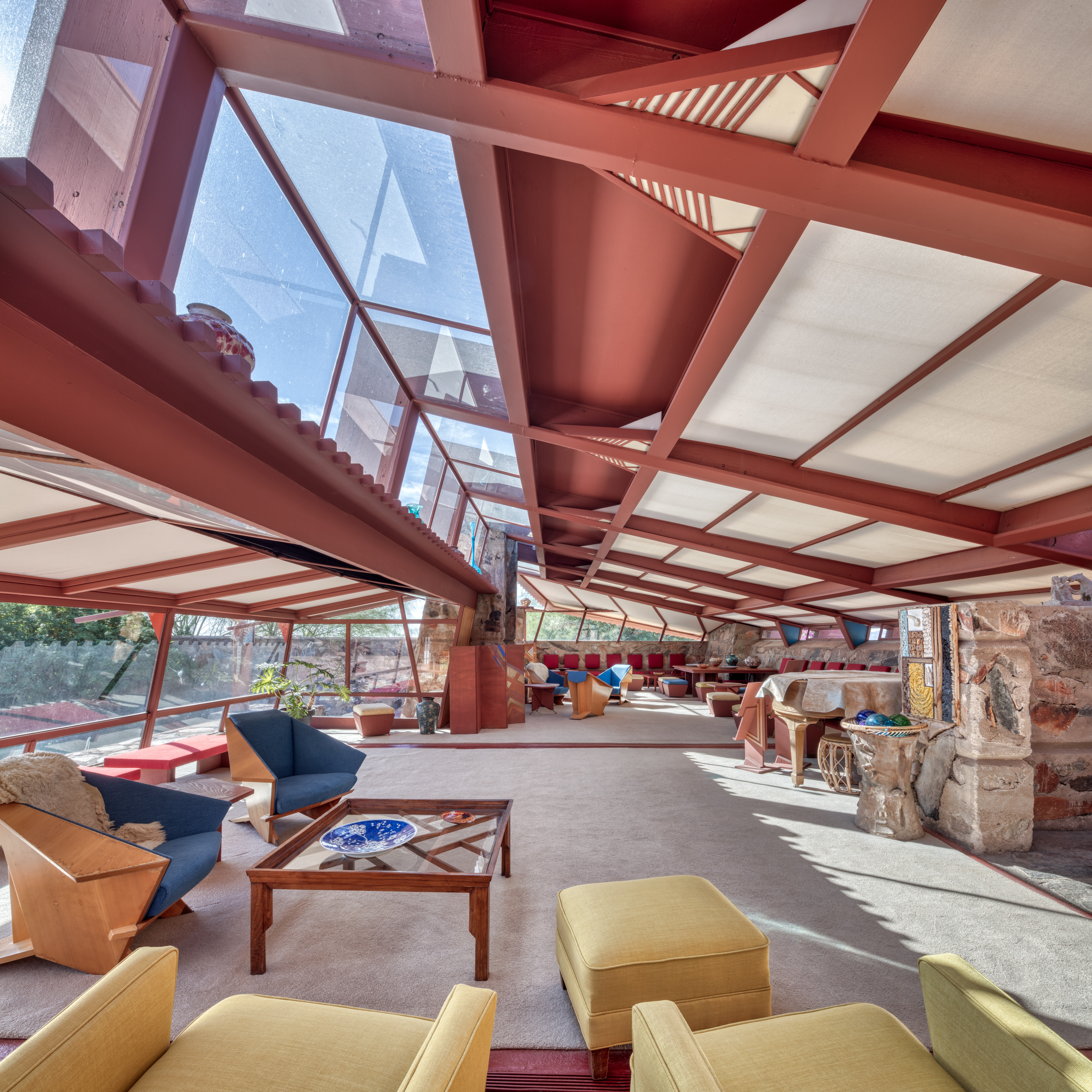
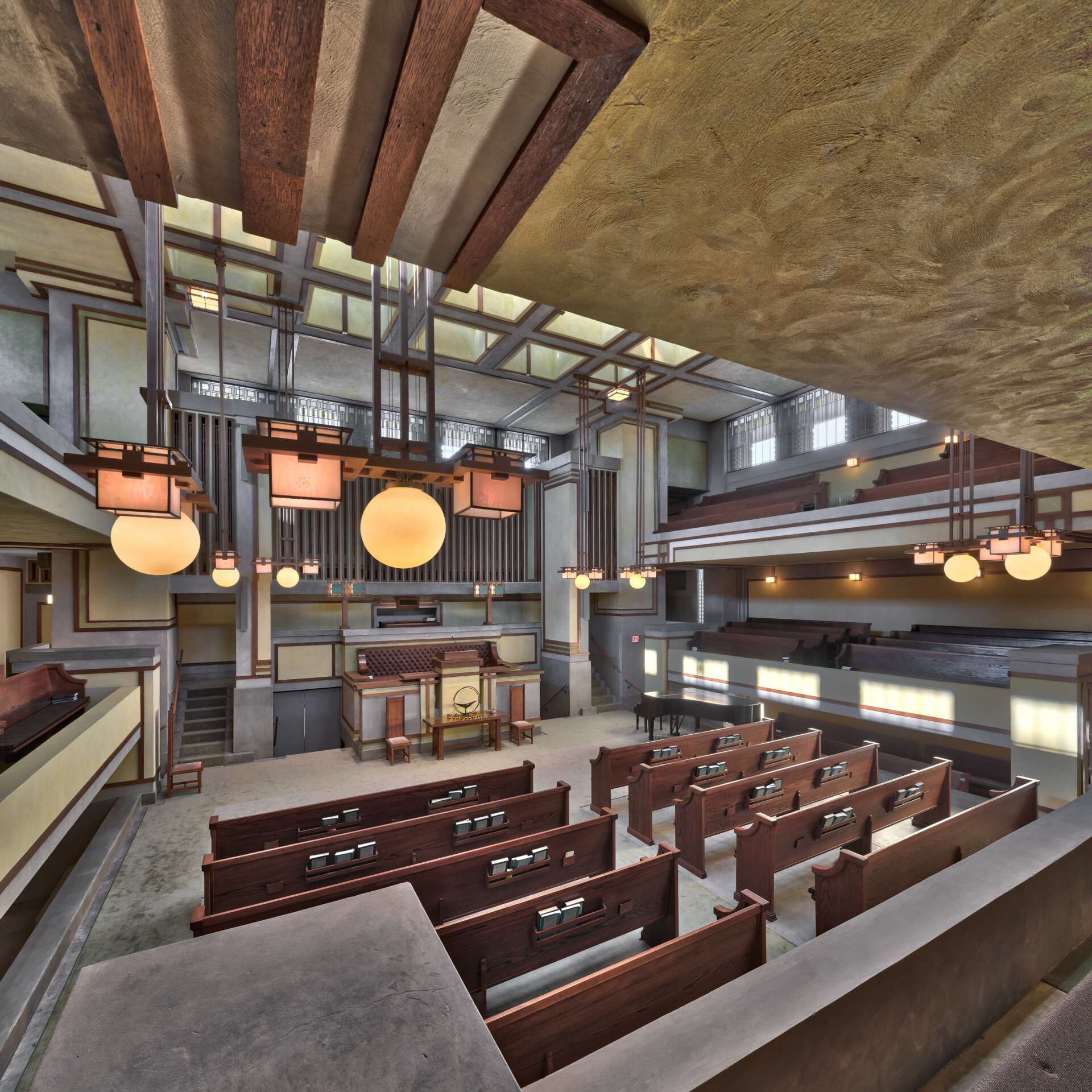
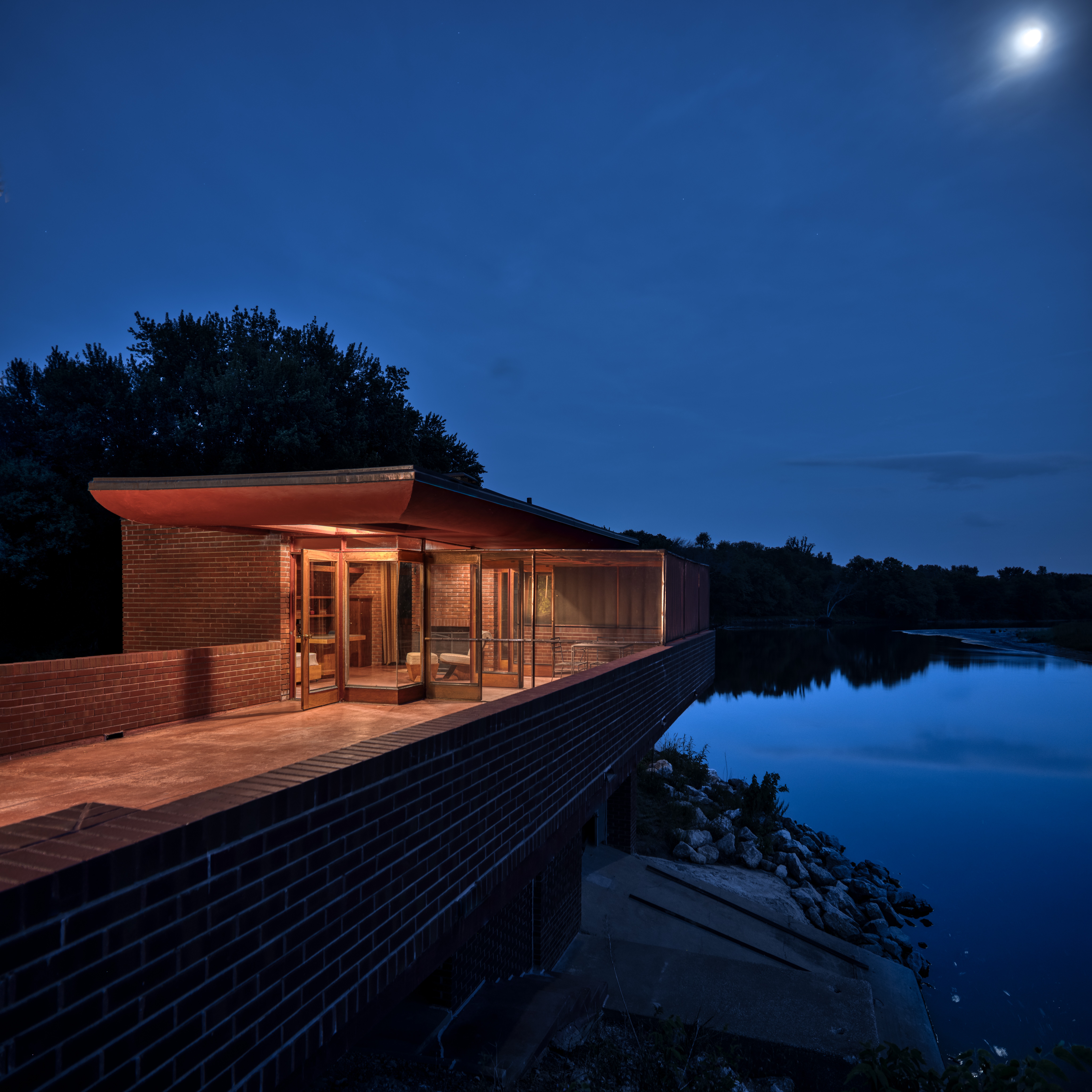
Andrew, before we move on to more of these sorts of questions, can you take some time to bring our readers up to speed on you and what you do?
Andrew Pielage is an internationally published architectural and travel photographer and owner of The Brill Gallery and Studio based in Phoenix, Arizona.
Pielage is on a mission to photograph all of Frank Lloyd Wright’s remaining designs (#500fllwproject). He offers photography workshops around the country year round, is supported by Canon USA, and is an Adobe Contributor.
Born to an adventurous mother and a geologist father, his childhood was spent exploring the dusty backroads of the American Southwest. This constant desert travel rooted his artistic soul in landscape photography.
In his hometown, Pielage discovered the beautiful relationship of landscape and design in the architecture of Frank Lloyd Wright. Wright inspired his passion for this relationship and his mission to photograph all of Wright’s remaining designs.
With over 20 years of experience, including international ad campaigns and publications, television features, exhibitions, and workshops, Pielage continues to do what he loves: capture the soul of his subjects and inspire imagination through photography and education.
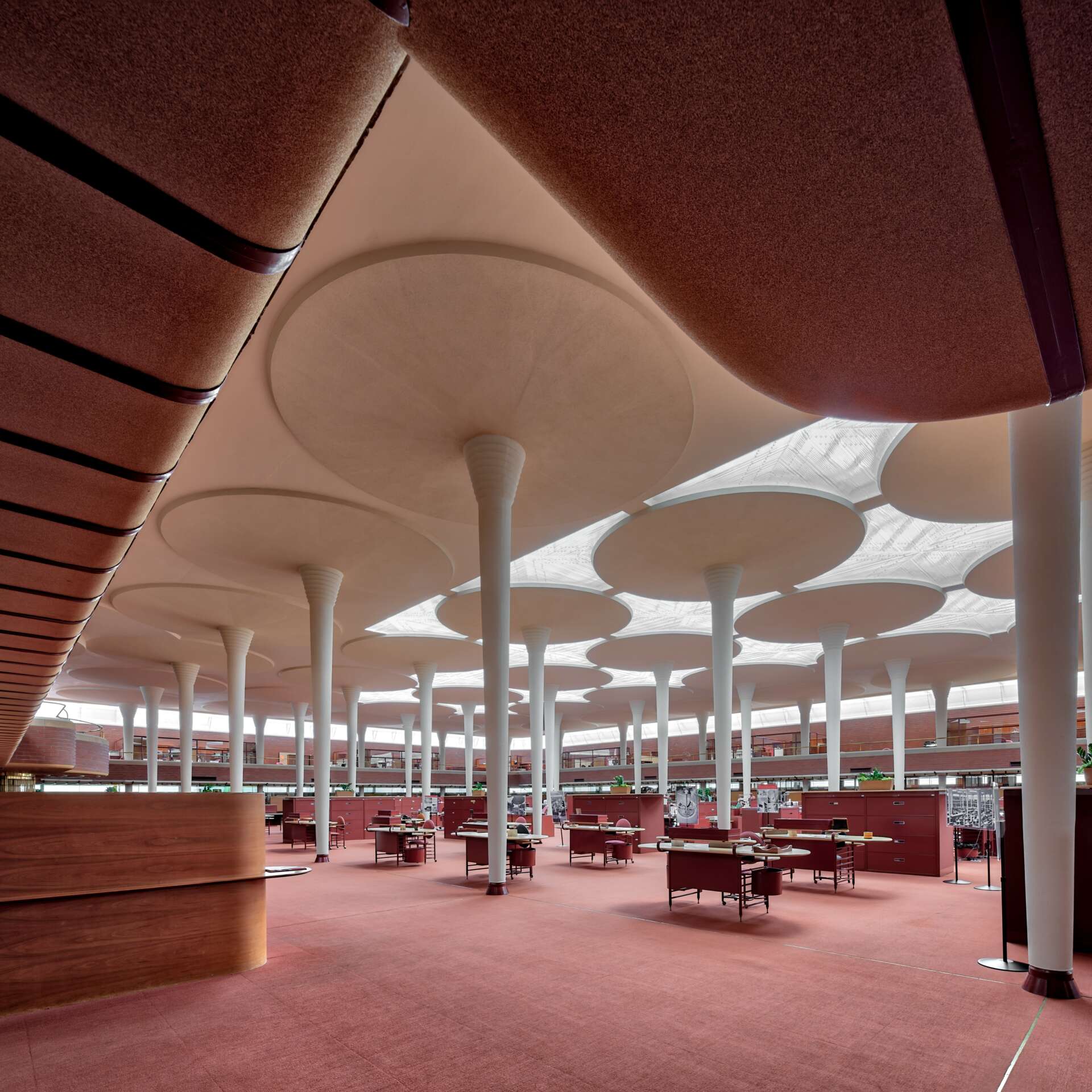
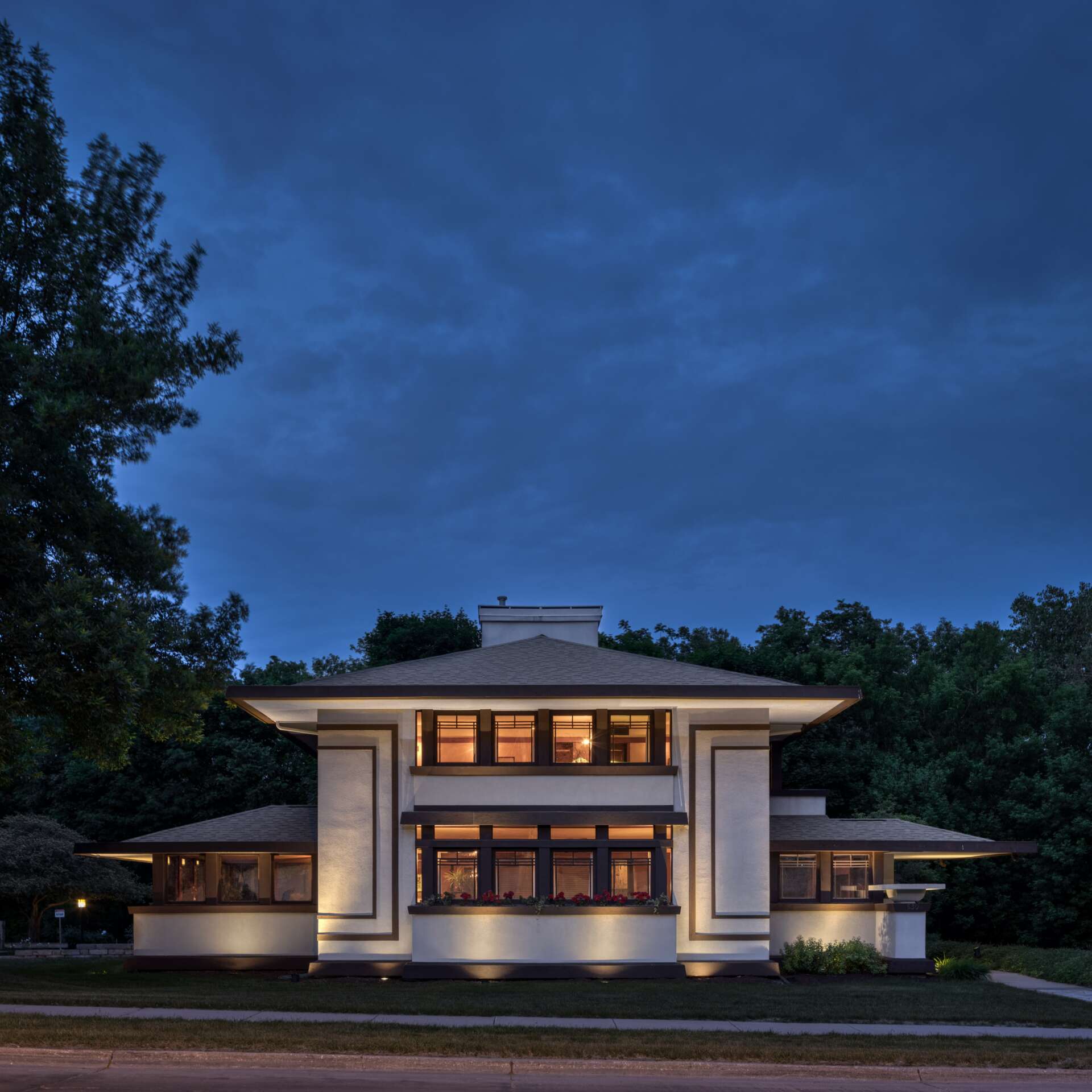
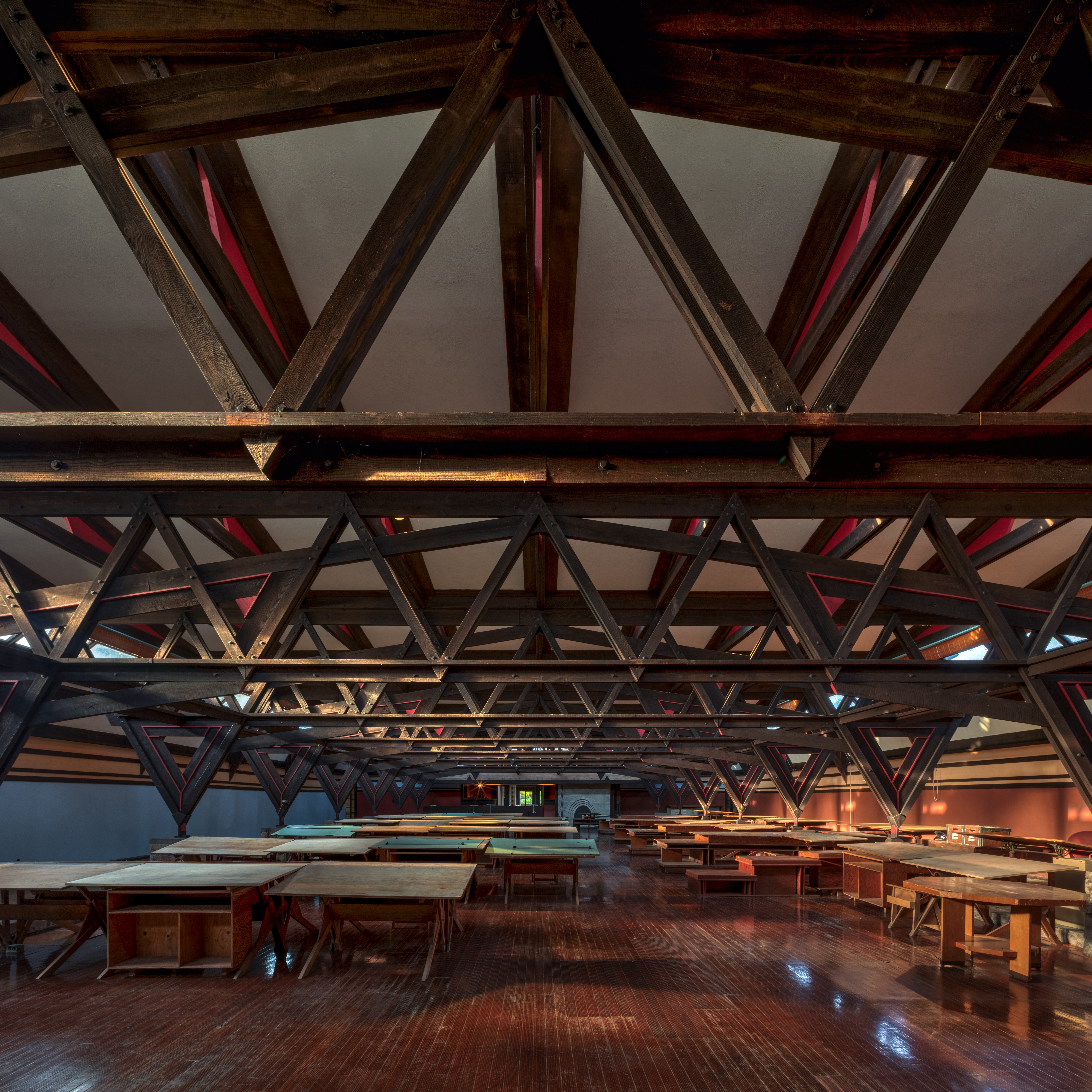
Let’s talk about resilience next – do you have a story you can share with us?
If you’re an artist and you don’t have a resilience story, I applaud you; you got lucky. My biggest resilience story was making that scary transition from part-time photographer to full-time photographer. I had a great 50-hour/week, hotel manager position and probably could have had a successful career in that. But the more I practiced my ‘hobby,’ which was photography at the time, the more that passion and fire grew inside me, and I became less and less satisfied with my hotel job.
One of the best pieces of advice I received then was “don’t have a Plan B.” At first, that may sound reckless when you’re thinking about leaving a regular paycheck every two weeks and have no one else supporting you. But for me, that was the mindset I had to adopt to make it happen. To make my dream of being a freelance photographer a reality. I didn’t want any excuses or other options creeping into the back of my mind that I could fall back on when the road to full-time freelance got tough, which it absolutely did on more than a few occasions. That ‘no Plan B’ mentality made me sacrifice good food, time with my family and friends, and pretty much everything else in my life besides photography. I never had a viral photo that set me up; my path has been slow but steady, and I’m so thankful for that. There’s no substitute for hard work, and personally and professionally, I prefer not to force anything. So once I got going, I just tried to keep up with where my images were taking me.
It was a very winding road, involving photographing everything from weddings to landscapes to portraits to concerts to wildfires. I took every available job, and when I wasn’t getting jobs, I was out creating photographs that would get me noticed. In this constantly changing world of visual arts, resilience is key to a successful and long career. One great image doesn’t make you a photographer; it’s the day-in and day-out creation of imagery that people not only see but also feel that will keep you relevant.
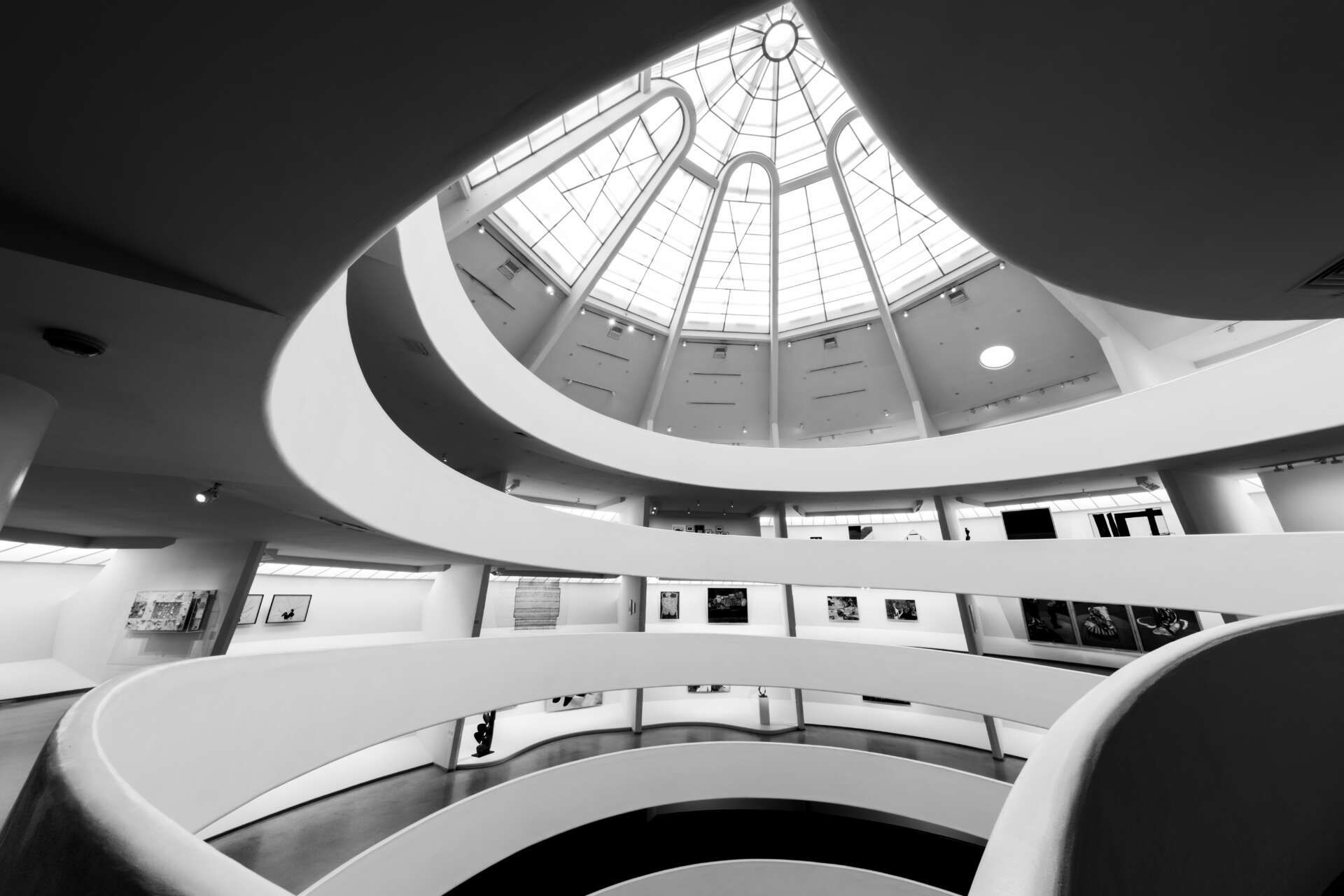
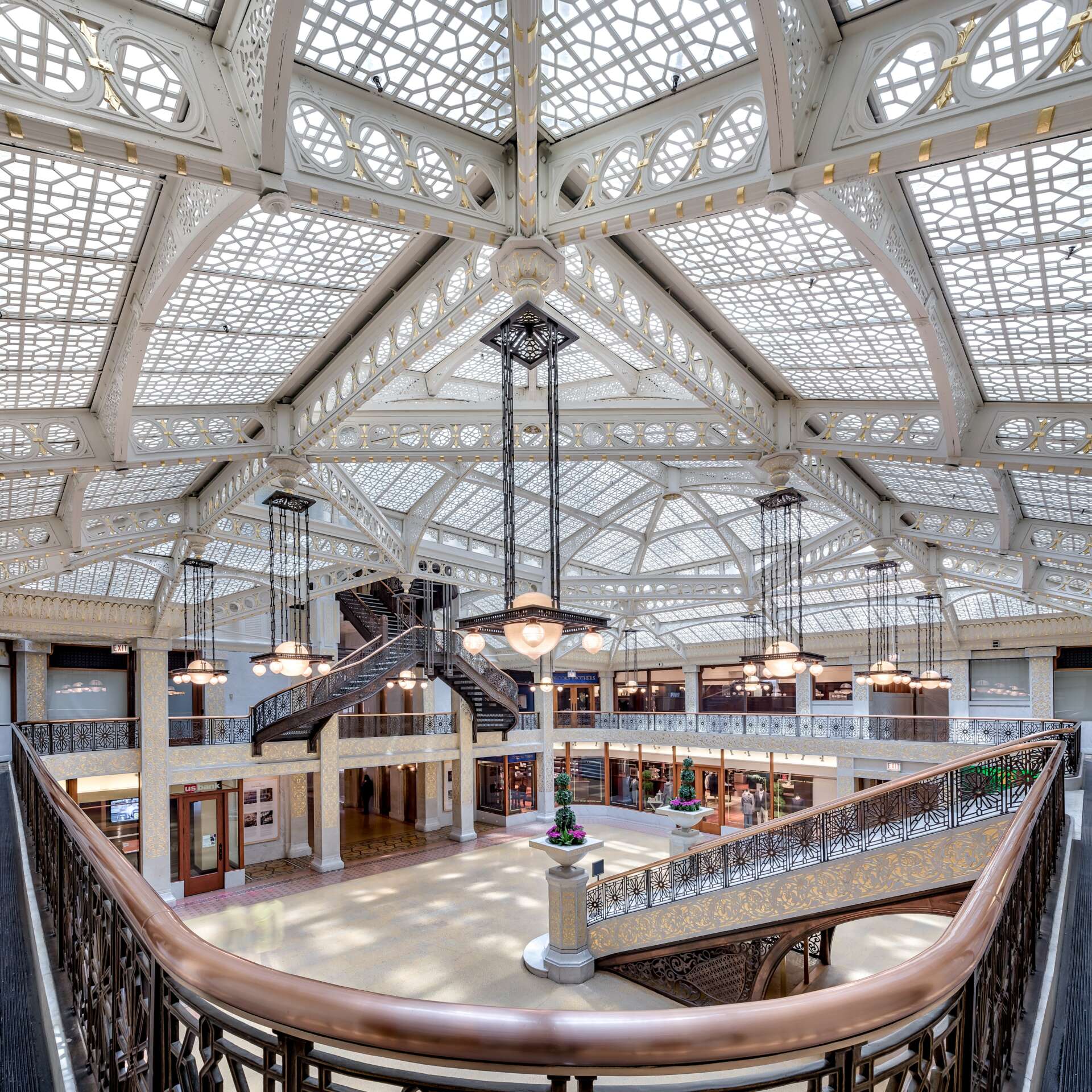
What’s the most rewarding aspect of being a creative in your experience?
I believe the most rewarding aspect of being an artist, for me, is not actually the act of photographing itself; it’s about giving back. Certainly, I enjoy “almost” every moment I spend photographing, except when it’s over 110 degrees for the 30th day in a row in Arizona. However, what truly resonates with my soul is giving back, and for me, that is accomplished through teaching. I have been conducting photography workshops for kids and adults across the country since 2011.
There’s nothing quite like witnessing that “aha” moment during a workshop when a student finally connects all the pieces to understand their camera. But what I enjoy even more is when that “aha” moment occurs in their own creative process, and they stop fixating on the camera, finally figuring out how to capture their vision or idea in the same creative way they perceive it. They finally figure out how to express their creativity.
My family tree has some educators, so I believe the roots of my passion for teaching are there. However, I also recall my early days of freelance when I didn’t know what I was doing and asked for help from a few different local photographers who never returned my calls or emails. I’m sure they were just busy, but it didn’t sit well with me. Since then, I’ve made a commitment to assist other photographers by answering their questions and providing them with opportunities to shine through photoshoots and displaying there photographs for the first time in my gallery.
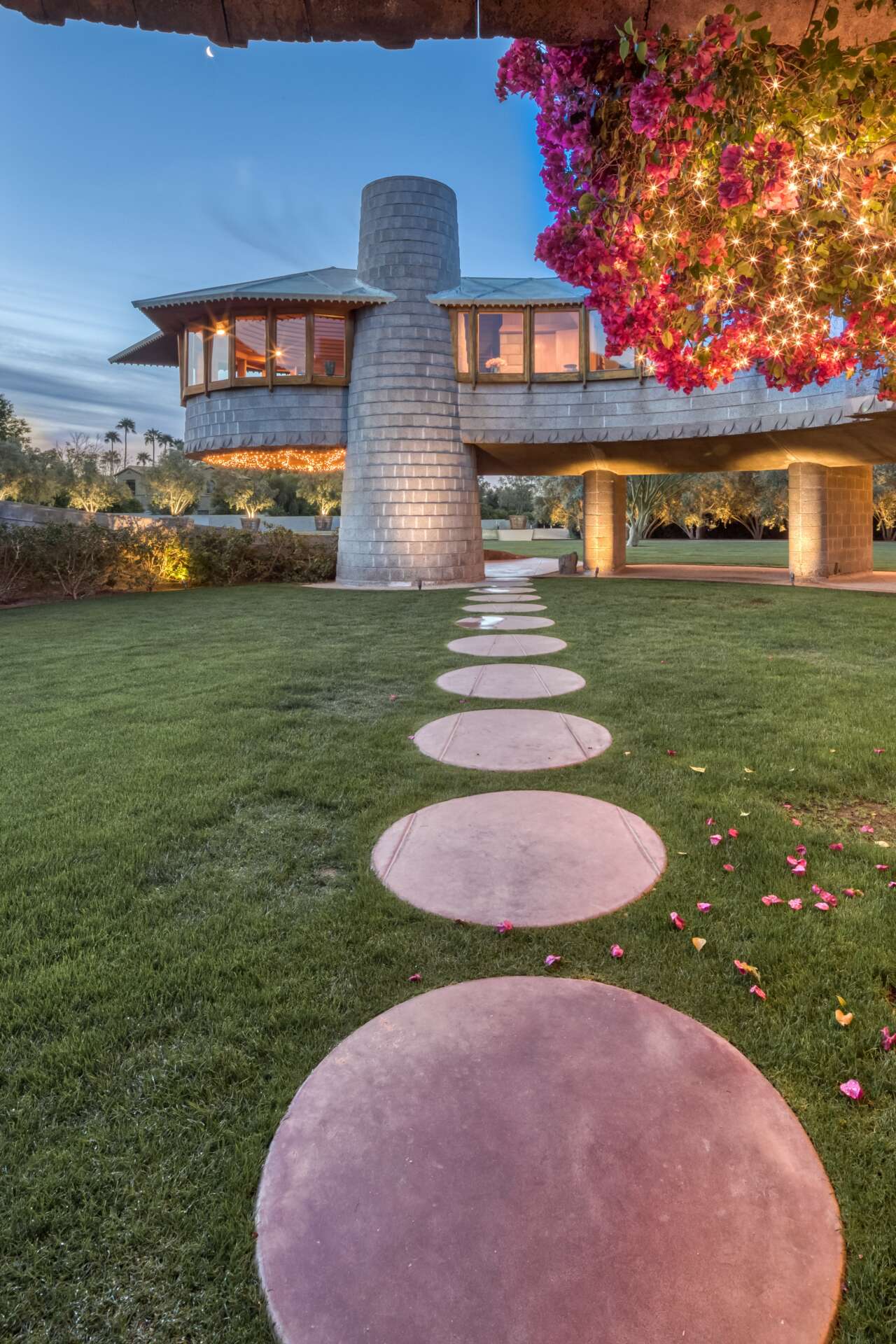

Contact Info:
- Website: www.apizm.com
- Instagram: https://www.instagram.com/apielage
- Facebook: https://www.facebook.com/AndrewPielagePhotography
- Linkedin: https://www.linkedin.com/in/andrew-pielage
- Twitter: https://twitter.com/AndrewPielage
- Youtube: https://www.youtube.com/@AndrewPielage
Image Credits
On the Fallingwater image: “Andrew Pielage courtesy of the Western Pennsylvania Conservancy” On my Portrait: “Image by Carl Schultz”


